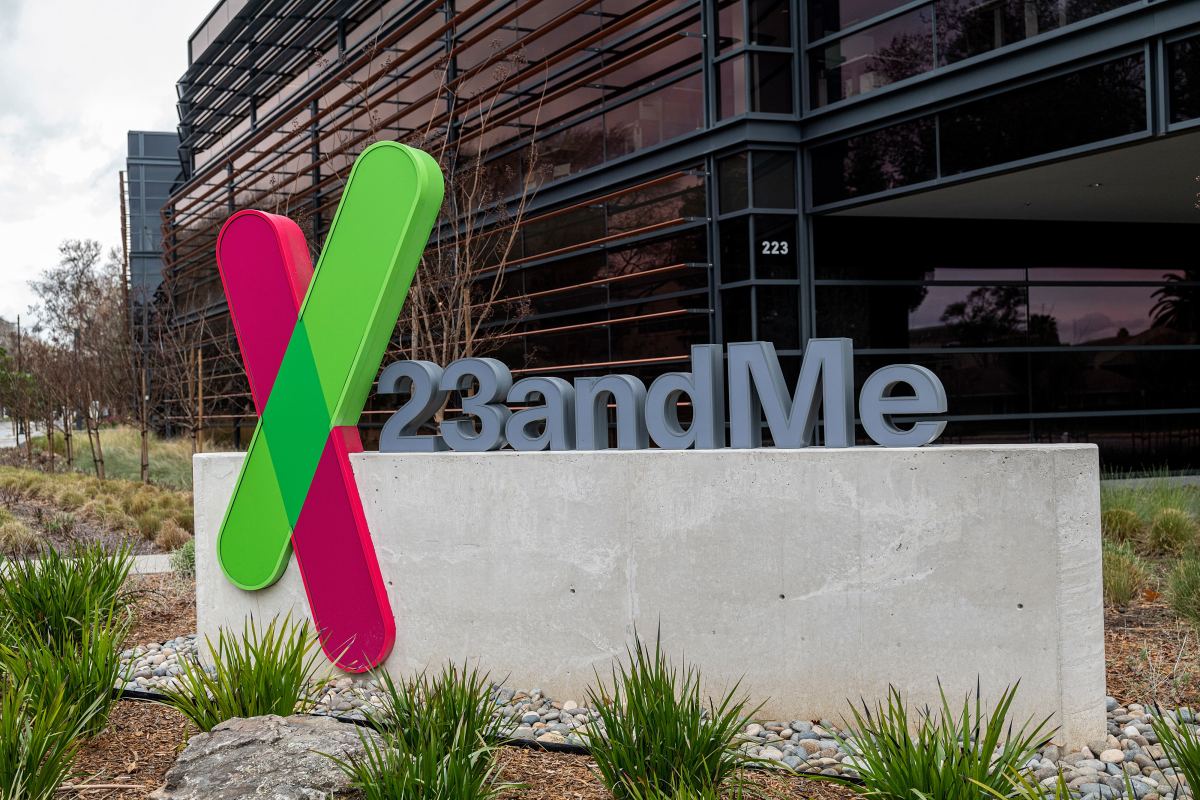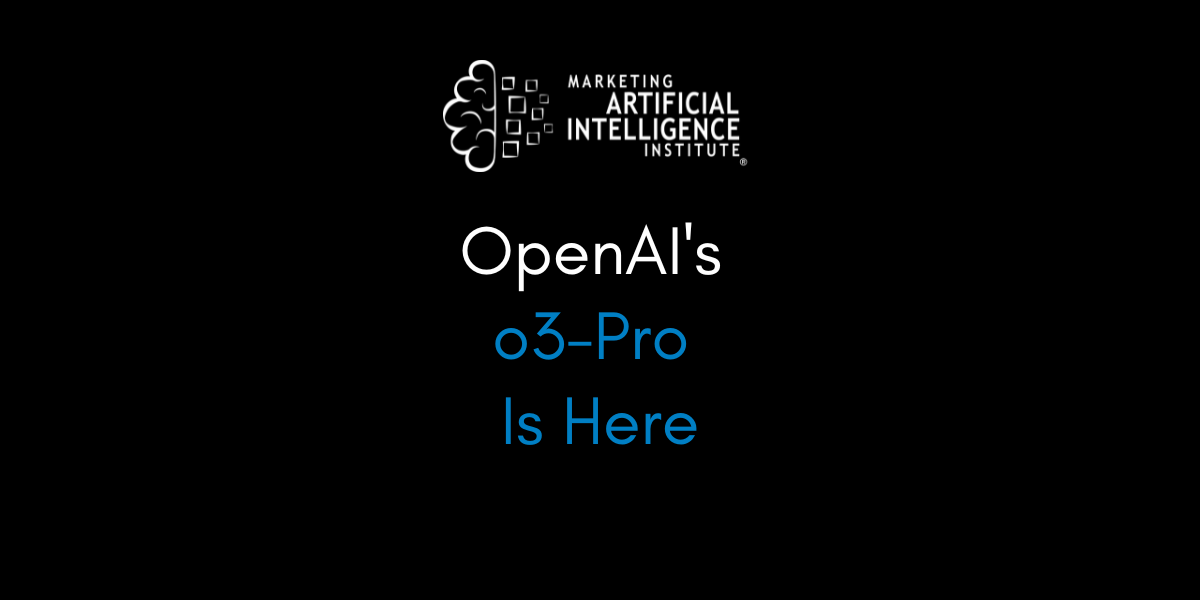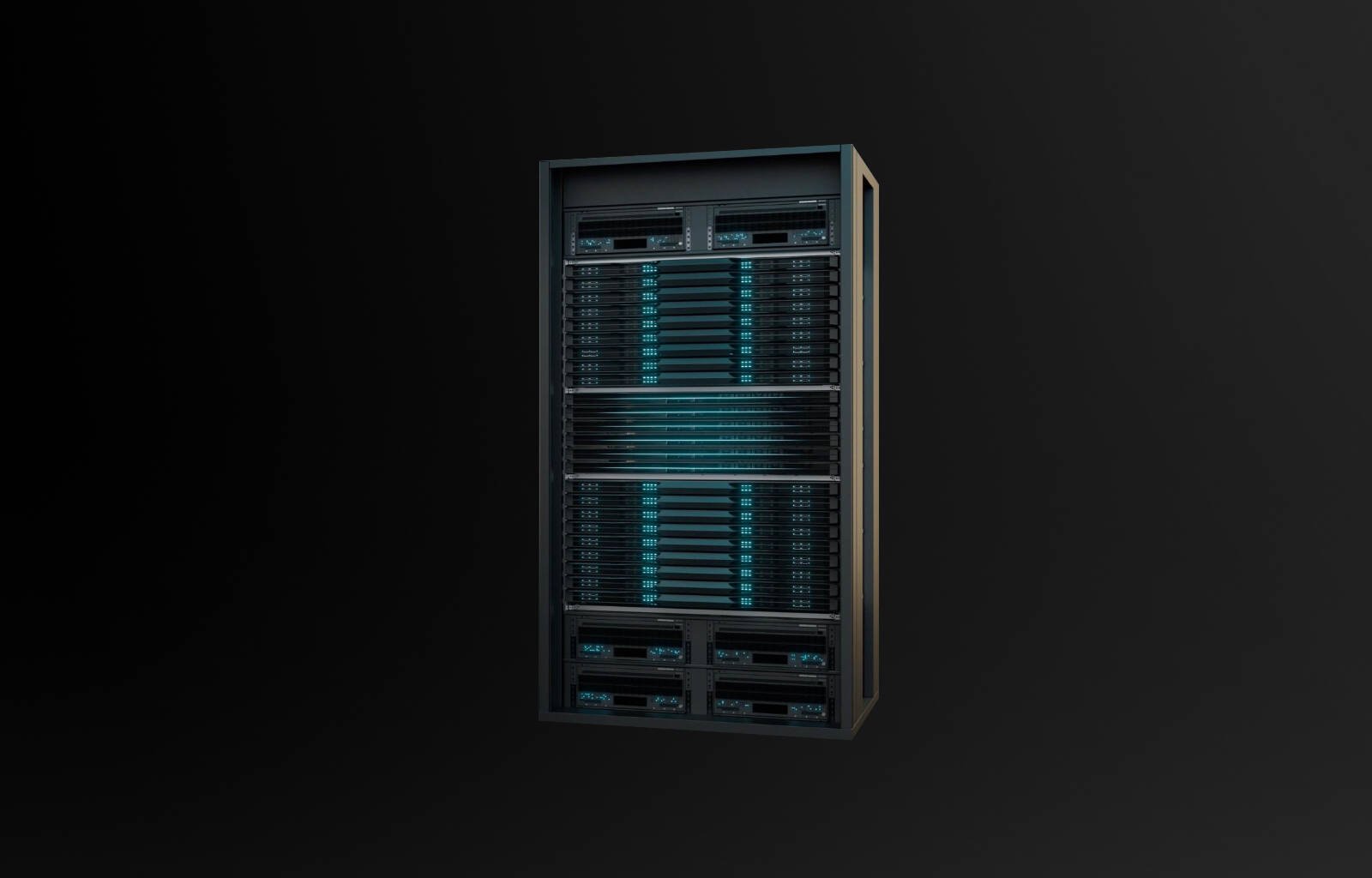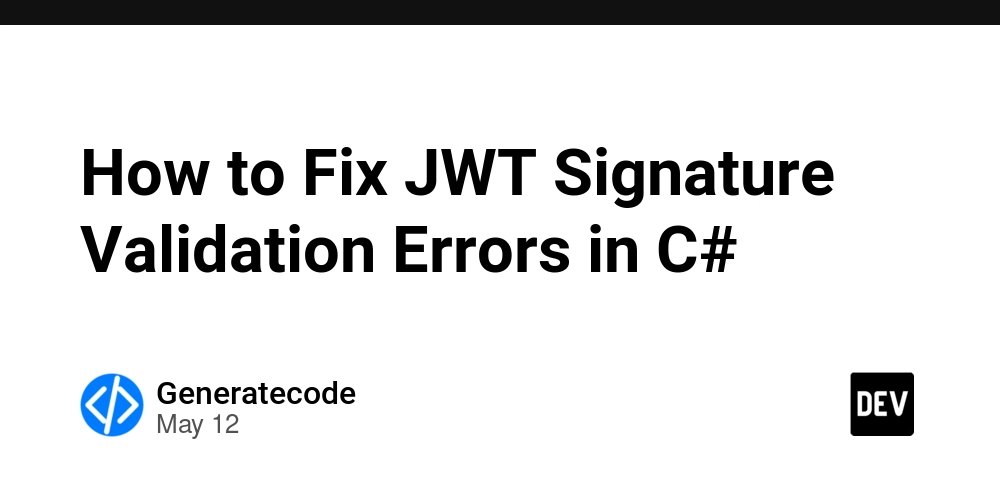Automating AWS Infrastructure Provisioning with GitSync and CloudFormation
In this blog, we will explore how to automate AWS infrastructure provisioning using CloudFormation templates and GitSync. We’ll walk through setting up a GitOps workflow that continuously syncs your infrastructure across development, staging, and production environments—all driven directly from a Git repository. What is GitOps? GitOps is a modern way to manage infrastructure and application configurations using Git as the single source of truth. It promotes the principles of: Version control for infrastructure definitions Automation of deployments via CI/CD pipelines Auditability and rollback through Git history According GitOps modeling guide, environments like dev, staging, and production can be modeled as separate directories or branches in Git. GitOps enables promotion between environments simply by merging code. What is GitSync in AWS? GitSync is a feature introduced by AWS CloudFormation that allows you to automatically sync and deploy CloudFormation stacks directly from a GitHub repository. With GitSync: You define infrastructure in CloudFormation templates. AWS monitors your Git repository for changes. CloudFormation automatically updates the stacks when changes are detected. This is GitOps natively integrated with AWS services. Architecture Overview In this implementation, we’re managing three separate AWS environments: Development, Staging and Production. Each environment has its own CloudFormation stack managed through GitSync. The CloudFormation templates for each environment are stored in different directories in the GitHub repository. Any update to these templates is automatically picked up and applied to the respective AWS environment. ├───git_connection │ cfn-delete-pipeline.sh │ cfn-deploy-pipeline.sh │ git_connection.yaml └───infrastructure ├───development │ deployment_parameters.yaml │ webserver.yaml ├───production │ deployment_parameters.yaml │ webserver.yaml └───staging deployment_parameters.yaml webserver.yaml Step 1: Deploy Prerequisite Components via CloudFormation GitHubConnection – Links AWS with your GitHub repo. CloudFormationExecutionRole – Grants CloudFormation access to create resources. GitSyncRole – Grants permissions to gitsync and deploy stacks. AWSTemplateFormatVersion: '2010-09-09' Description: 'Connect GitHub repository with AWS and create roles for CloudFormation and Git Sync' Parameters: ConnectionName: Type: String Default: 'GitHub-to-CloudFormation' Resources: GitHubConnection: Type: 'AWS::CodeStarConnections::Connection' Properties: ConnectionName: !Ref ConnectionName ProviderType: 'GitHub' CloudFormationExecutionRole: Type: AWS::IAM::Role Properties: RoleName: CloudFormationExecutionRole AssumeRolePolicyDocument: Version: '2012-10-17' Statement: - Effect: Allow Principal: Service: - cloudformation.amazonaws.com Action: - sts:AssumeRole Policies: - PolicyName: !Sub "CloudFormationDeploymentPolicy" PolicyDocument: Version: "2012-10-17" Statement: - Effect: Allow Action: - ec2:* - autoscaling:* - iam:PassRole - iam:GetRole - iam:CreateInstanceProfile - iam:AddRoleToInstanceProfile - iam:RemoveRoleFromInstanceProfile - iam:DeleteInstanceProfile - iam:CreateRole - iam:PutRolePolicy - iam:AttachRolePolicy - iam:ListInstanceProfiles - iam:ListRoles - iam:DeleteRolePolicy - iam:TagRole - iam:DeleteRole - iam:GetInstanceProfile - iam:getRolePolicy - ssm:GetParameter - ssm:GetParameters - logs:* - cloudwatch:PutMetricData Resource: "*" GitSyncRole: Type: AWS::IAM::Role Properties: RoleName: CFNGitSyncRole AssumeRolePolicyDocument: Version: 2012-10-17 Statement: - Sid: CfnGitSyncTrustPolicy Effect: Allow Principal: Service: cloudformation.sync.codeconnections.amazonaws.com Action: sts:AssumeRole Policies: - PolicyName: GitSyncPermissions PolicyDocument: Version: 2012-10-17 Statement: - Sid: SyncToCloudFormation Effect: Allow Action: - cloudformation:CreateChangeSet - cloudformation:DeleteChangeSet - cloudformation:DescribeChangeSet

In this blog, we will explore how to automate AWS infrastructure provisioning using CloudFormation templates and GitSync. We’ll walk through setting up a GitOps workflow that continuously syncs your infrastructure across development, staging, and production environments—all driven directly from a Git repository.
What is GitOps?
GitOps is a modern way to manage infrastructure and application configurations using Git as the single source of truth. It promotes the principles of:
- Version control for infrastructure definitions
- Automation of deployments via CI/CD pipelines
- Auditability and rollback through Git history
According GitOps modeling guide, environments like dev, staging, and production can be modeled as separate directories or branches in Git. GitOps enables promotion between environments simply by merging code.
What is GitSync in AWS?
GitSync is a feature introduced by AWS CloudFormation that allows you to automatically sync and deploy CloudFormation stacks directly from a GitHub repository. With GitSync:
- You define infrastructure in CloudFormation templates.
- AWS monitors your Git repository for changes.
- CloudFormation automatically updates the stacks when changes are detected.
This is GitOps natively integrated with AWS services.
Architecture Overview
In this implementation, we’re managing three separate AWS environments: Development, Staging and Production. Each environment has its own CloudFormation stack managed through GitSync. The CloudFormation templates for each environment are stored in different directories in the GitHub repository. Any update to these templates is automatically picked up and applied to the respective AWS environment.
├───git_connection
│ cfn-delete-pipeline.sh
│ cfn-deploy-pipeline.sh
│ git_connection.yaml
└───infrastructure
├───development
│ deployment_parameters.yaml
│ webserver.yaml
├───production
│ deployment_parameters.yaml
│ webserver.yaml
└───staging
deployment_parameters.yaml
webserver.yaml
Step 1: Deploy Prerequisite Components via CloudFormation
GitHubConnection – Links AWS with your GitHub repo.
CloudFormationExecutionRole – Grants CloudFormation access to create resources.
GitSyncRole – Grants permissions to gitsync and deploy stacks.
AWSTemplateFormatVersion: '2010-09-09'
Description: 'Connect GitHub repository with AWS and create roles for CloudFormation and Git Sync'
Parameters:
ConnectionName:
Type: String
Default: 'GitHub-to-CloudFormation'
Resources:
GitHubConnection:
Type: 'AWS::CodeStarConnections::Connection'
Properties:
ConnectionName: !Ref ConnectionName
ProviderType: 'GitHub'
CloudFormationExecutionRole:
Type: AWS::IAM::Role
Properties:
RoleName: CloudFormationExecutionRole
AssumeRolePolicyDocument:
Version: '2012-10-17'
Statement:
- Effect: Allow
Principal:
Service:
- cloudformation.amazonaws.com
Action:
- sts:AssumeRole
Policies:
- PolicyName: !Sub "CloudFormationDeploymentPolicy"
PolicyDocument:
Version: "2012-10-17"
Statement:
- Effect: Allow
Action:
- ec2:*
- autoscaling:*
- iam:PassRole
- iam:GetRole
- iam:CreateInstanceProfile
- iam:AddRoleToInstanceProfile
- iam:RemoveRoleFromInstanceProfile
- iam:DeleteInstanceProfile
- iam:CreateRole
- iam:PutRolePolicy
- iam:AttachRolePolicy
- iam:ListInstanceProfiles
- iam:ListRoles
- iam:DeleteRolePolicy
- iam:TagRole
- iam:DeleteRole
- iam:GetInstanceProfile
- iam:getRolePolicy
- ssm:GetParameter
- ssm:GetParameters
- logs:*
- cloudwatch:PutMetricData
Resource: "*"
GitSyncRole:
Type: AWS::IAM::Role
Properties:
RoleName: CFNGitSyncRole
AssumeRolePolicyDocument:
Version: 2012-10-17
Statement:
- Sid: CfnGitSyncTrustPolicy
Effect: Allow
Principal:
Service: cloudformation.sync.codeconnections.amazonaws.com
Action: sts:AssumeRole
Policies:
- PolicyName: GitSyncPermissions
PolicyDocument:
Version: 2012-10-17
Statement:
- Sid: SyncToCloudFormation
Effect: Allow
Action:
- cloudformation:CreateChangeSet
- cloudformation:DeleteChangeSet
- cloudformation:DescribeChangeSet
- cloudformation:DescribeStackEvents
- cloudformation:DescribeStacks
- cloudformation:ExecuteChangeSet
- cloudformation:GetTemplate
- cloudformation:ListChangeSets
- cloudformation:ListStacks
- cloudformation:ValidateTemplate
Resource: '*'
- Sid: PolicyForManagedRules
Effect: Allow
Action:
- events:PutRule
- events:PutTargets
Resource: '*'
Condition:
StringEquals:
events:ManagedBy: cloudformation.sync.codeconnections.amazonaws.com
- Sid: PolicyForDescribingRule
Effect: Allow
Action: events:DescribeRule
Resource: '*'
I have created a sample shell script to apply above cloudformation script
#!/bin/bash
# This script deploys a CloudFormation stack
STACK_NAME="cfn-git-sync-config"
echo "Deploying CloudFormation stack: $STACK_NAME"
aws cloudformation deploy \
--stack-name $STACK_NAME \
--template-file git_connection.yaml \
--capabilities CAPABILITY_NAMED_IAM
if [ $? -eq 0 ]; then
echo "CloudFormation stack $STACK_NAME deployed successfully."
else
echo "Failed to deploy CloudFormation stack $STACK_NAME."
exit 1
fi
# Wait for the stack to be created
aws cloudformation wait stack-create-complete --stack-name "$STACK_NAME"
if [ $? -eq 0 ]; then
echo "Stack $STACK_NAME creation completed successfully."
else
echo "Failed to create stack $STACK_NAME."
exit 1
fi
$ ./cfn-deploy-pipeline.sh
Deploying CloudFormation stack: cfn-git-sync-config
Waiting for changeset to be created..
Waiting for stack create/update to complete
Successfully created/updated stack - cfn-git-sync-config
CloudFormation stack cfn-git-sync-config deployed successfully.
Stack cfn-git-sync-config creation completed successfully.
Step 2: Authorize GitHub and Enable the Connection
Once the connection is created, go back to the Connections tab in the AWS console and authorize GitHub access.
At times, if you had previously linked your repository to your AWS account using a CodeStar connection, deleting and recreating the connection might still cause issues when creating a new CloudFormation stack—AWS may continue referencing the "old" connection. To resolve this, you should unlink the repository using the AWS CLI and then link it again to refresh the connection. Make sure to authorize again via the console after creating a new connection.
List connection
aws codestar-connections list-repository-links
Delete repository link
aws codestar-connections delete-repository-link --repository-link-id ac01d54c-dcc7-4b4e-97bf-f70592f1377d
Step 3: Create CloudFormation Stacks which use GitSync for different environments
First we will create stack for development environment to use sync from git option
Provide stack name and provide a git repository
Chose link a git repository option for first time stack creation, fill other fields and choose role CFNGitSyncRole we created earlier
On next page choose CloudFormatinExecutionRole which will be used to created services mentioned in the stack template
Stack creation is initiated and it uses gitsync
Stack Deployment complete for Development Stage
Similary deploy staging and production stacks
Step 4: Update the git repo to see gitsync updating the cloudformation stacks
Lets update the desired capacity of autoscaling group to 2 for development environment
to
Development stack status is changed
Scaling is complete for development environment
Cleanup
When you are done testing or no longer need the stacks, delete them manually via the AWS Console or CLI
aws cloudformation delete-stack --stack-name cfn-git-sync-config
aws cloudformation delete-stack --stack-name cfn-git-development
aws cloudformation delete-stack --stack-name cfn-git-staging
aws cloudformation delete-stack --stack-name cfn-git-production
Conclusion
Using GitSync with AWS CloudFormation brings true GitOps to your AWS infrastructure. It simplifies deployment automation and keeps your environments in sync with Git. This approach ensures consistency, version control, and fast recovery through Git rollbacks.
If you're looking to scale IaC adoption or enforce DevOps best practices, GitSync is a great way to start your GitOps journey on AWS.
References
GitHub Repo: https://github.com/chinmayto/cloudformation-gitops-with-gitsync
GitSync in AWS CloudFormation: https://docs.aws.amazon.com/AWSCloudFormation/latest/UserGuide/git-sync.html
How to model GitOps environments: https://codefresh.io/blog/how-to-model-your-gitops-environments-and-promote-releases-between-them/
AWS CloudFormation Documentation: https://docs.aws.amazon.com/cloudformation/index.html












































































































































































![[The AI Show Episode 153]: OpenAI Releases o3-Pro, Disney Sues Midjourney, Altman: “Gentle Singularity” Is Here, AI and Jobs & News Sites Getting Crushed by AI Search](https://www.marketingaiinstitute.com/hubfs/ep%20153%20cover.png)














































































































































































.png?width=1920&height=1920&fit=bounds&quality=70&format=jpg&auto=webp#)




























































.jpg?#)






























_wsf_AL_Alamy.jpg?width=1280&auto=webp&quality=80&disable=upscale#)














































































































![Google Mocks Apple's 'New' iOS 26 Features in Pixel Ad [Video]](https://www.iclarified.com/images/news/97638/97638/97638-640.jpg)





















































































